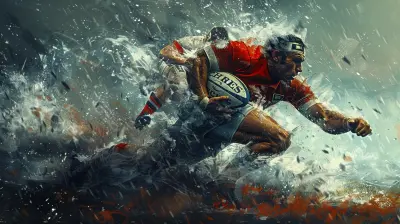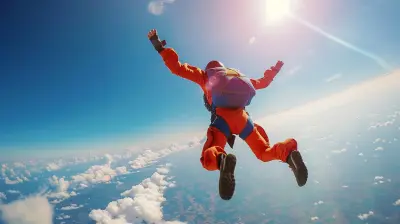The Rise of Women in Skateboarding: Changing the Game
10 November 2025
Skateboarding has always had that gritty edge — that raw, rebellious “I-do-what-I-want” attitude. You know the vibe. Concrete jungles, scraped knees, scraped boards, and a heavy soundtrack of punk rock or lo-fi beats. For decades, this wild world was seen as a guy’s territory. But guess what? Women are rolling in, grinding rails, and flipping the narrative — hard.
Yup, skateboarding is no longer just a boys’ club. The rise of women in skateboarding is not just noticeable — it’s revolutionary. Let’s kickflip into this energetic movement and see how women are literally changing the game, one trick at a time.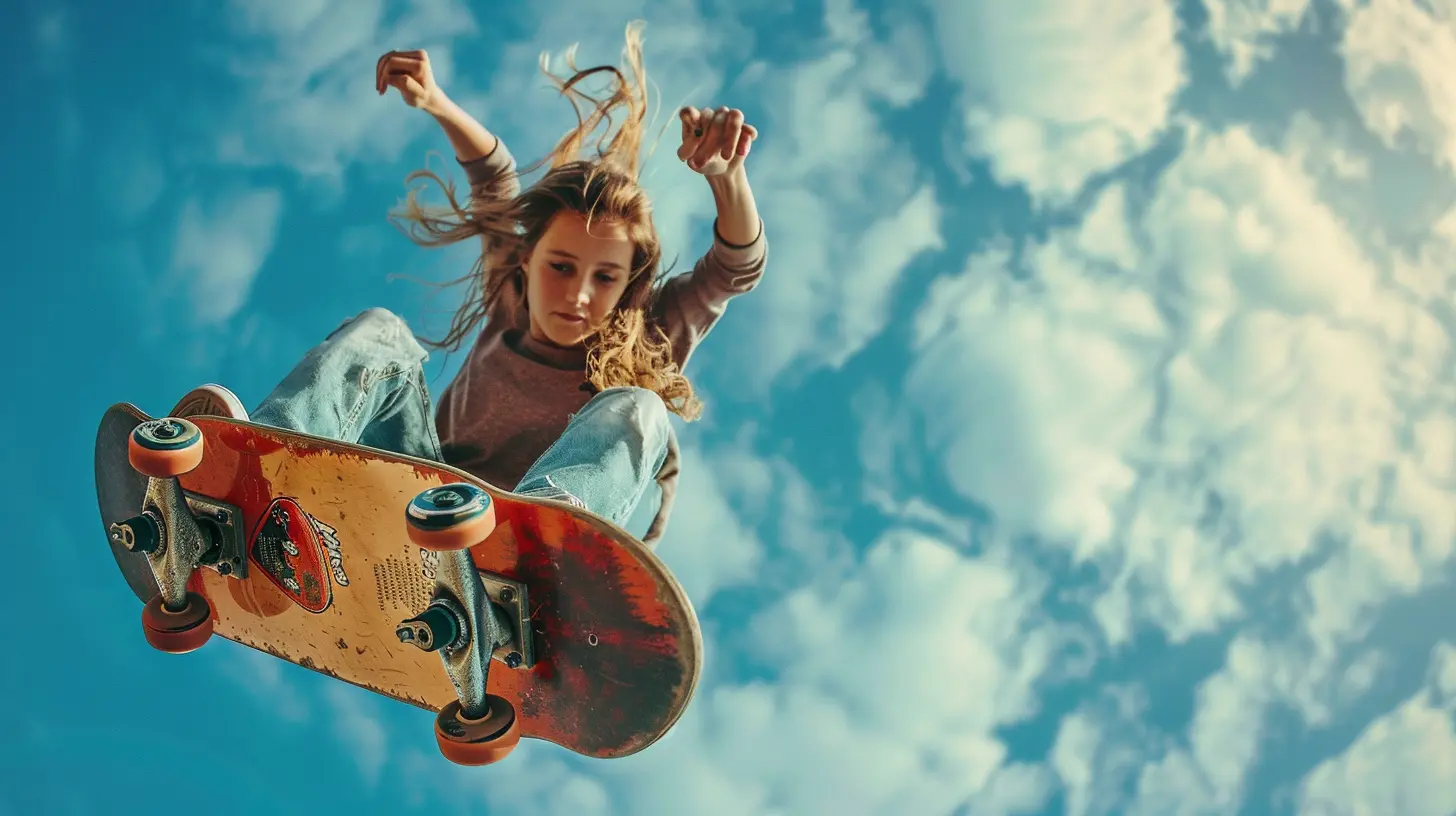
Skateboarding: A Quick (and Wobbly) History Lesson
Before we dive into the modern scene, let’s rewind a bit.Skateboarding started back in the 1940s and '50s in California. Think of surfers who got impatient when the waves weren’t hitting. So, they slapped wheels on wooden planks and said, “Cool, we surf on land now.” Boom — sidewalk surfing was born. Over time, it evolved from a backyard experiment to a full-blown subculture.
But while the sport exploded with legends like Tony Hawk and Rodney Mullen dominating the scene, women were mostly on the sidelines, overlooked and underrepresented. Not because they couldn’t skate — heck no — but because the culture wasn’t exactly rolling out the welcome mat for them.
Breaking In: The First Women Who Shredded Stereotypes
Let’s give props where they’re due. Long before Instagram clips and Olympic medals, pioneers like Patti McGee and Elissa Steamer were already carving paths through the male-dominated skate world.- Patti McGee was the first woman to turn pro in the 1960s. She even made it to the cover of Life magazine. Talk about a trailblazer.
- Elissa Steamer blew doors open in the 1990s, joining the cast of Tony Hawk’s Pro Skater game — a big deal at the time since representation of women was nearly non-existent.
These women weren’t just skating — they were making statements.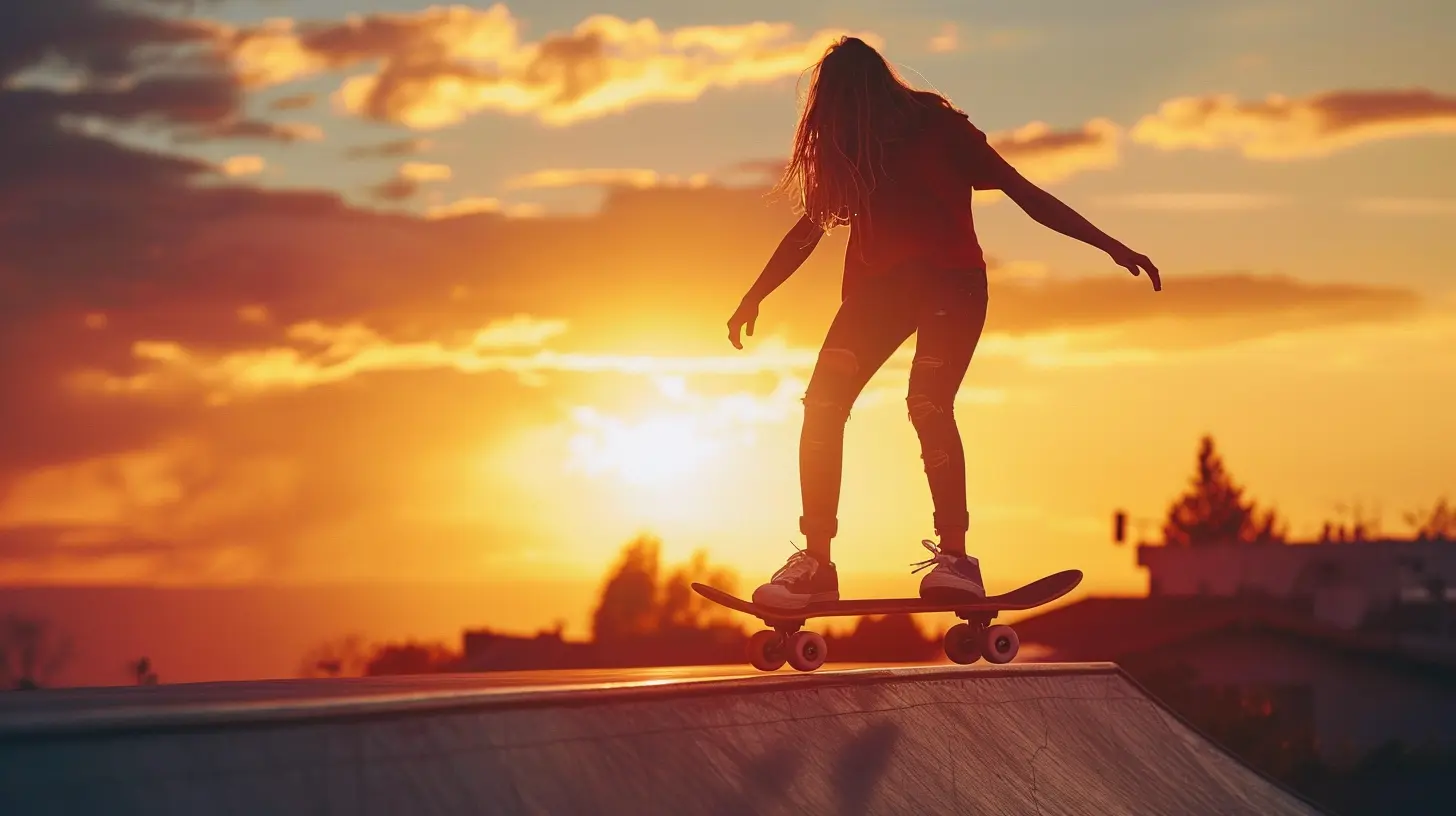
Fast Forward: Women Are Taking Over the Skate Scene
Flash forward to now, and whoa — the vibes are different. Women aren’t just a part of skateboarding anymore; they’re leading it.The 2020 Tokyo Olympics (held in 2021 — thanks, COVID) introduced skateboarding as an official sport, and the women's division was fire. Young skaters like:
- Momiji Nishiya (Japan)
- Rayssa Leal (Brazil)
- Sky Brown (UK)
… all hit the international stage and crushed it. And let’s just take a second to appreciate that Sky Brown was only 13 when she won bronze. Thirteen! At that age, I was still trying to figure out how to ride my bike without crashing into bushes.
These young women skated with pure confidence, flair, and authenticity. They didn’t just win medals — they won hearts and inspired millions of girls worldwide to grab a board and get rolling.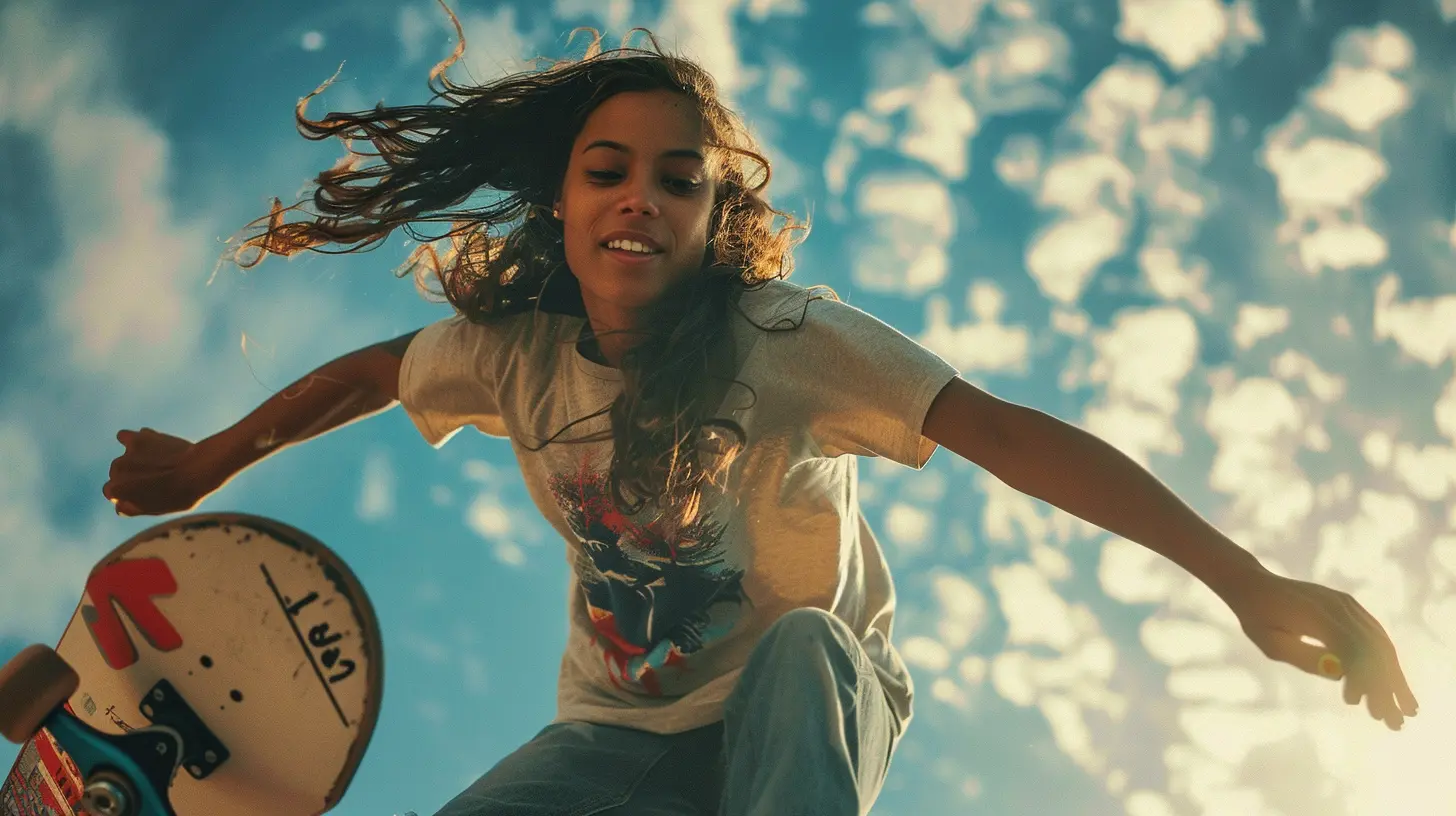
The Social Media Surge: Skateboarding Goes Viral
Remember the days when you had to get a VHS tape or tune into a random Saturday TV special to see skating? Yeah, those days are long gone.Now, thanks to platforms like Instagram, TikTok, and YouTube, skateboarding is everywhere. And the number of female skateboarders blowing up online? Massive.
From perfectly nailed tricks to hilarious wipeouts and behind-the-scenes life updates, women are owning the digital skate space. Skaters like:
- Leticia Bufoni
- Nora Vasconcellos
- Jahmal Williams’ team rider Helena Long
… aren’t just pros — they’re influencers with massive followings.
And here’s the cool part: social media eliminates the gatekeepers. No need to wait for sponsorships or magazine features. If you’ve got skills and a phone, the world’s your skatepark.
Brands Are Finally Waking Up
Here’s a not-so-fun fact: for far too long, women’s skateboarding was more of an afterthought for companies. Shoes? Unisex (but really just men’s sizes repackaged). Boards? Designed by and for guys. Competitions? Fewer prizes, smaller payouts.But that’s changing.
Big brands like Nike SB, Adidas Skateboarding, Vans, and even independent companies like Meow Skateboards are putting real energy into supporting women skaters. We’re talking:
- Female-inclusive teams
- Gender-specific gear
- More equal prize money in contests
It’s not just a marketing gimmick anymore — it’s a much-needed adjustment.
More Than Sport: A Cultural Shift
Let’s be real — this movement isn’t just about who does the best tricks. It’s about representation, inclusivity, and leveling the playing field.Skateboarding has historically been built on the idea of freedom and breaking norms. So, why should it exclude anyone? The rise of women in skateboarding is a return to those roots — where everyone, regardless of gender, can roll up, drop in, and be part of something bigger.
And it’s not only cis women making moves. The skateboarding scene is becoming more inclusive for non-binary and trans skaters too, with communities actively pushing for safer, more welcoming spaces.
Building Communities: Girls Supporting Girls
One of the best things to come out of this rise? The explosion of girl-powered skate communities.Look around, and you’ll see:
- Skate Like A Girl (Seattle-based, globally loved)
- GRLSWIRL (California-born, community-focused)
- Brujas NYC (feminist, skate-loving collective)
These groups organize meetups, offer mentorship, run workshops, and just create really positive spaces for anyone who wants to skate without the pressure.
That intimidating skatepark energy? These collectives are melting it away, one high-five at a time.
The Challenges Still Rolling In
Let’s pump the brakes for a second and get real.While the progress is exciting, it ain't perfect. Gender bias still lingers like a bad smell at a summer skate session. Women skaters still deal with:
- Being underestimated
- Lesser media coverage
- Annoying comments like “You’re good… for a girl”
Ugh. That last one? The ultimate eye-roll.
But the difference today is that these challenges are being confronted head-on. Skaters are speaking out, filming their own clips, building their brands, and lifting each other up. The days of silently grinding (literally and figuratively) are over.
What’s Next? The Future Looks Rad
So, where do we go from here?Well, if the current wave is any sign, the future of skateboarding is going to be much more colorful, more inclusive, and ridiculously cool.
Expect:
- More women-run skate brands
- More mentorship programs for young girls
- Even better media coverage (Netflix documentaries, anyone?)
- Continued Olympic and X-Games dominance
The next generation is already watching and practicing. They’ve got access, communities, and role models. And with how things are rolling, they’ll be pushing beyond today’s boundaries in no time.
Final Thoughts: Keep Rolling Forward
The rise of women in skateboarding isn’t just a trend — it’s a shift. A seismic one. It’s like someone took an ollie off tradition, flipped it mid-air, and landed in a whole new era. One where the playing field isn’t just leveled — it’s being rebuilt from scratch.So, if you’re standing at the edge of a skatepark thinking, “Should I try this?” — heck yes, you should. Doesn’t matter who you are or where you’re from. Grab a board, find your tribe, and roll with it. Because now, more than ever, there’s space for everyone in skateboarding’s story.
And trust me — it’s a story worth being a part of.
all images in this post were generated using AI tools
Category:
SkateboardingAuthor:

Uziel Franco
Discussion
rate this article
1 comments
Yolanda Jennings
Finally, skateboards are getting a much-needed upgrade! Can't wait to see the next X Games feature more kickflips and fewer broken nails. Go, girls!
November 12, 2025 at 12:35 PM

Uziel Franco
Thanks for your enthusiasm! Exciting times ahead for women in skateboarding!
